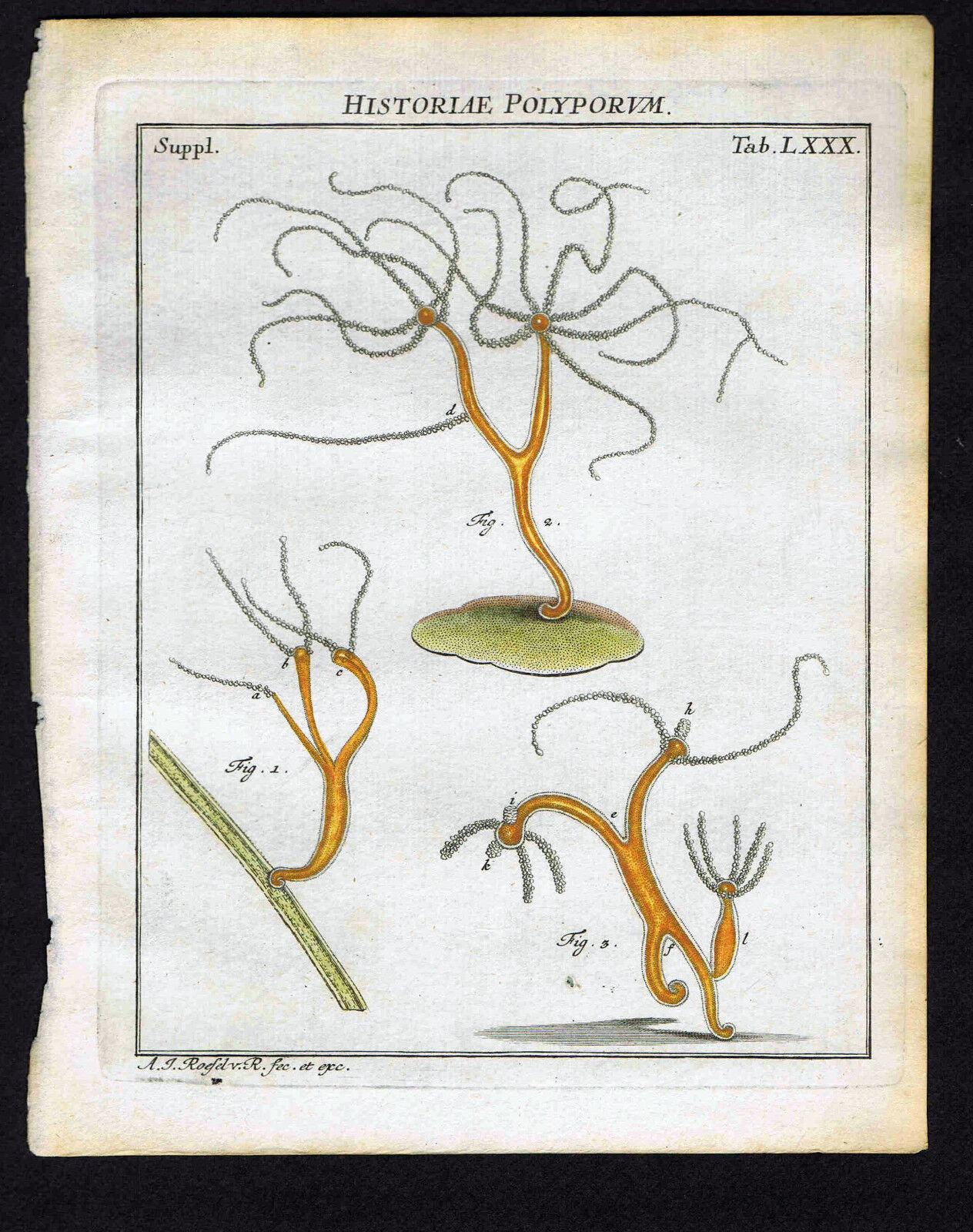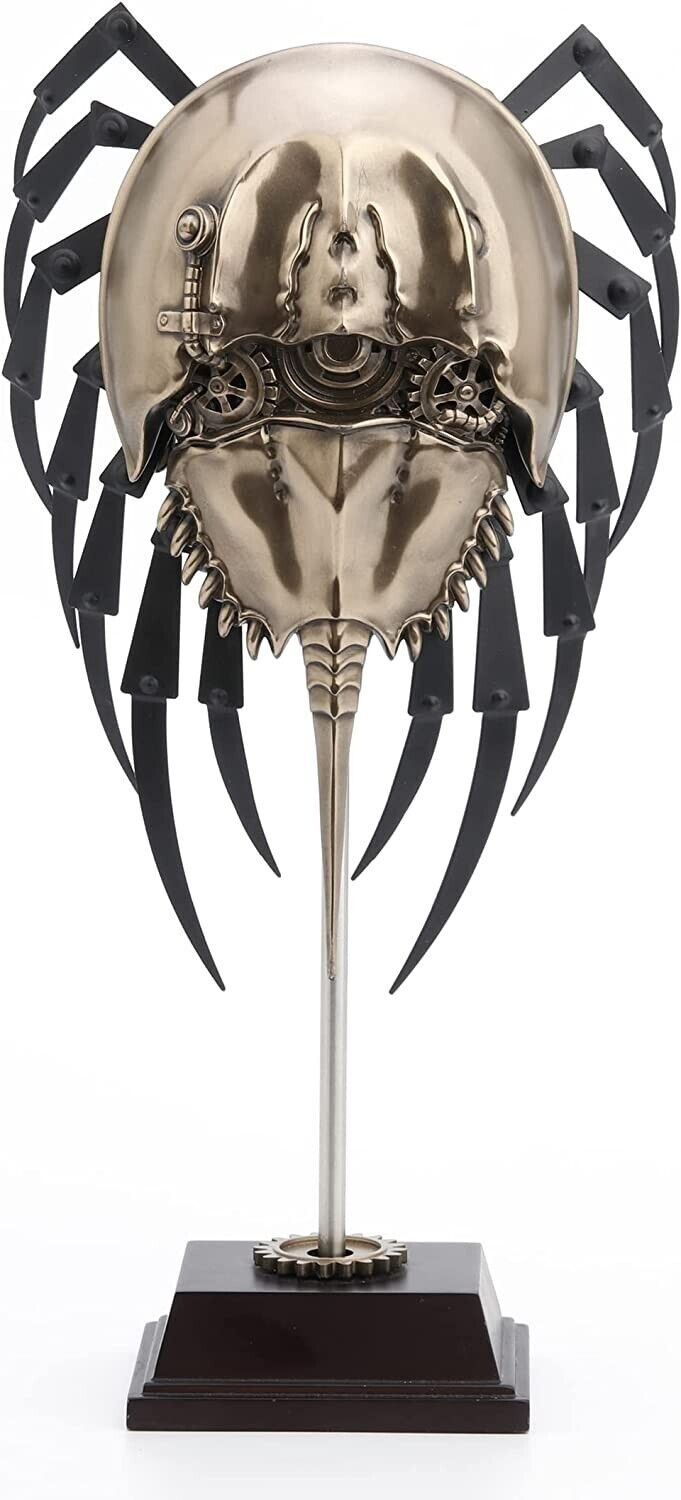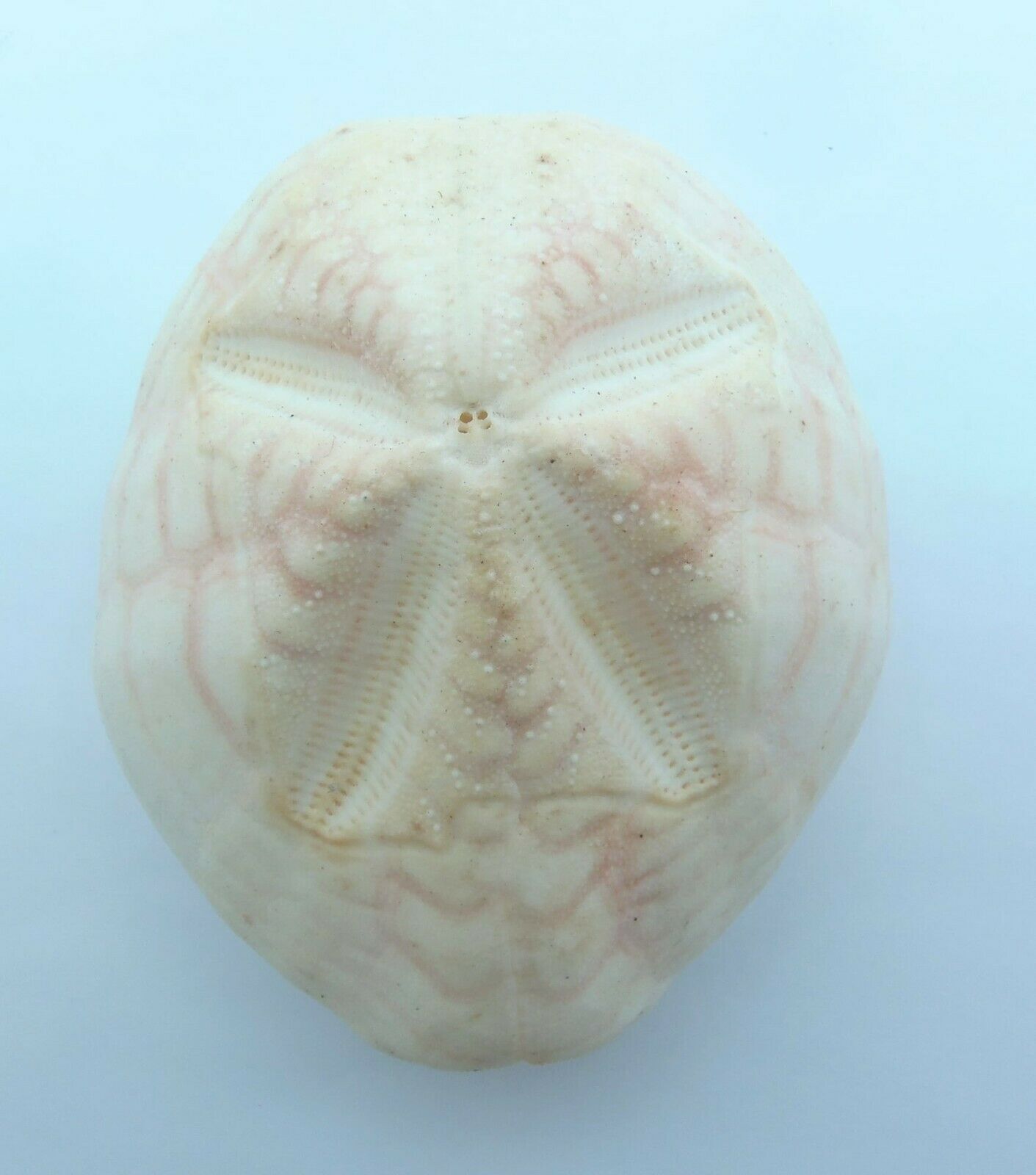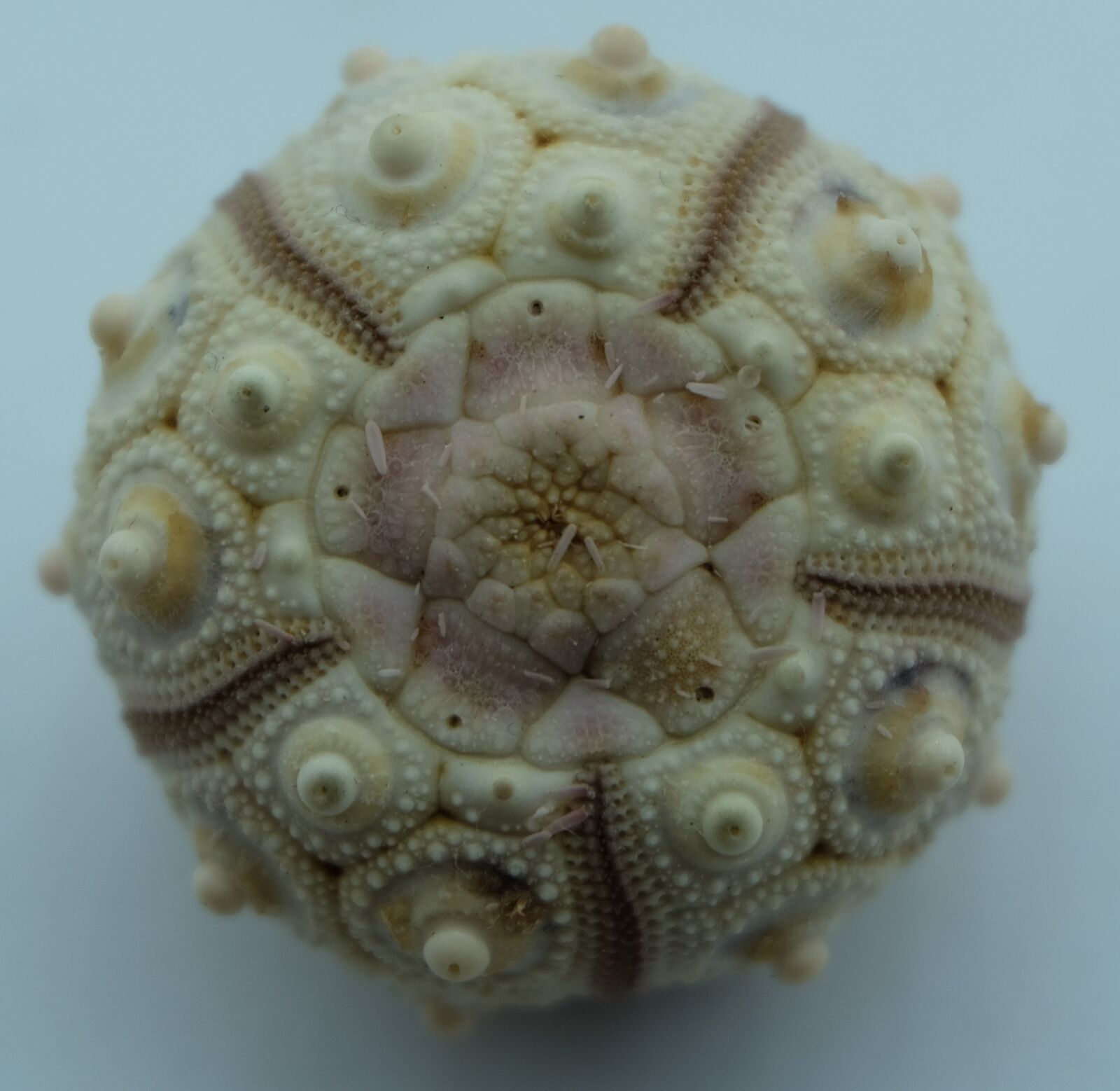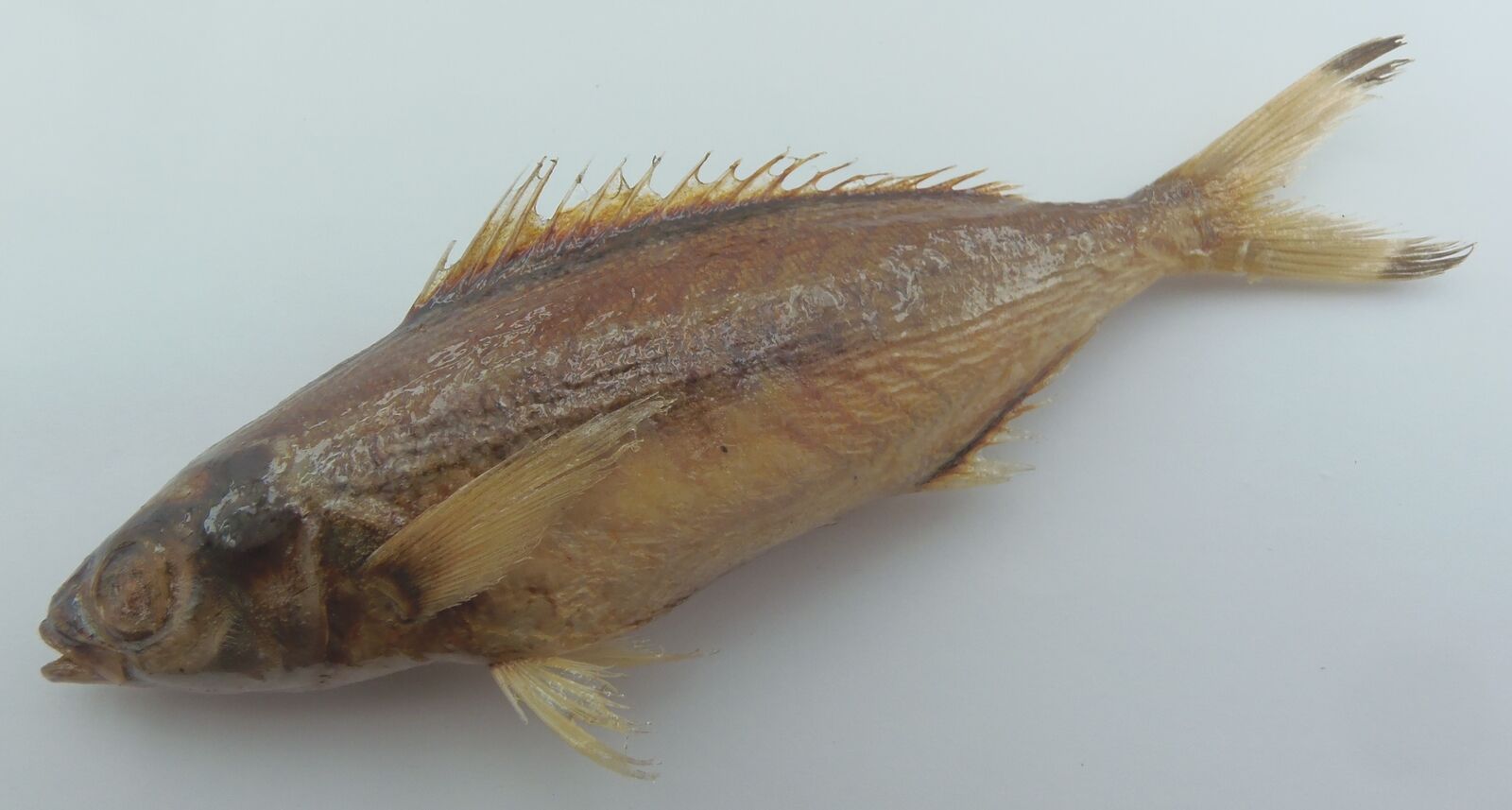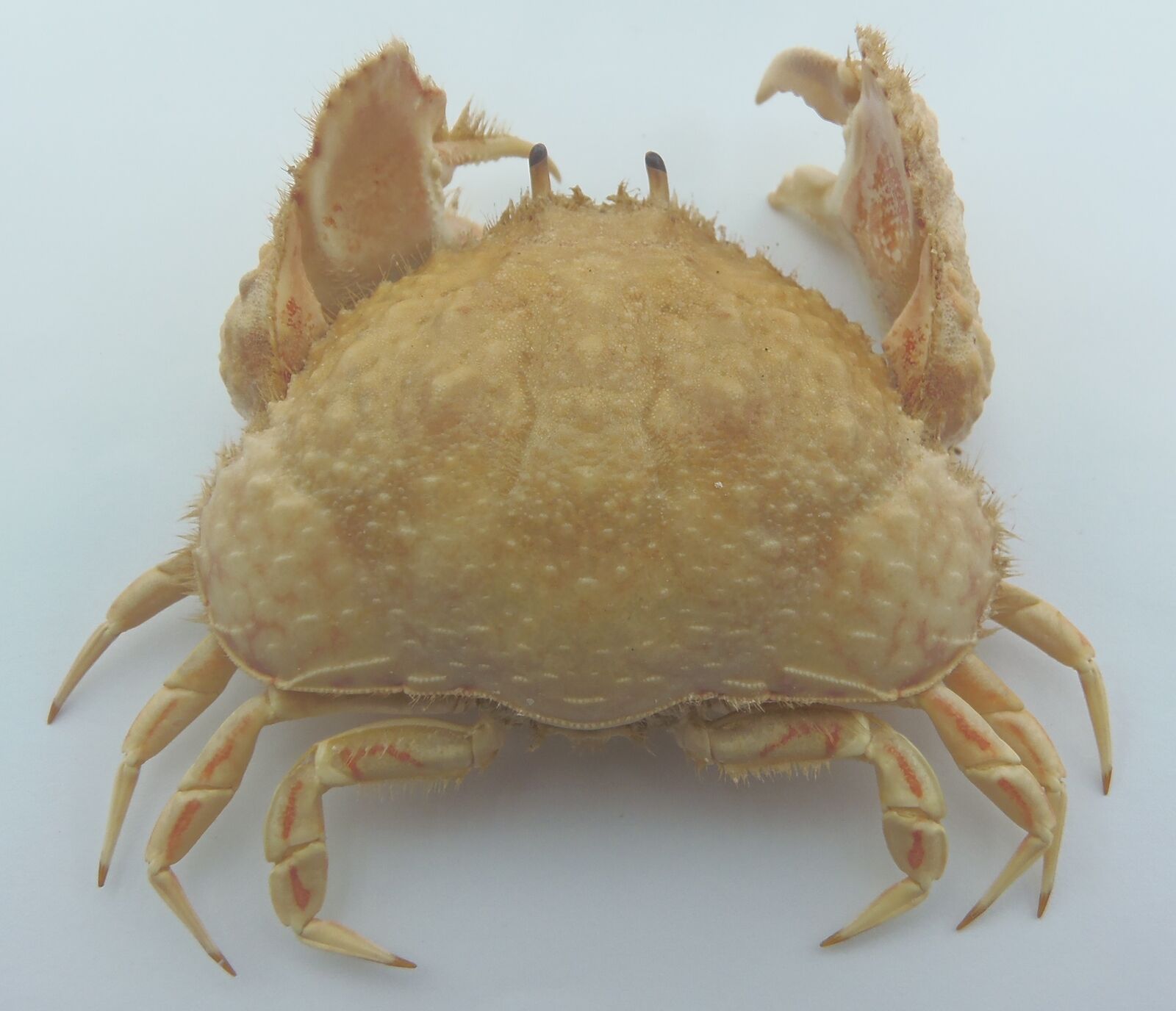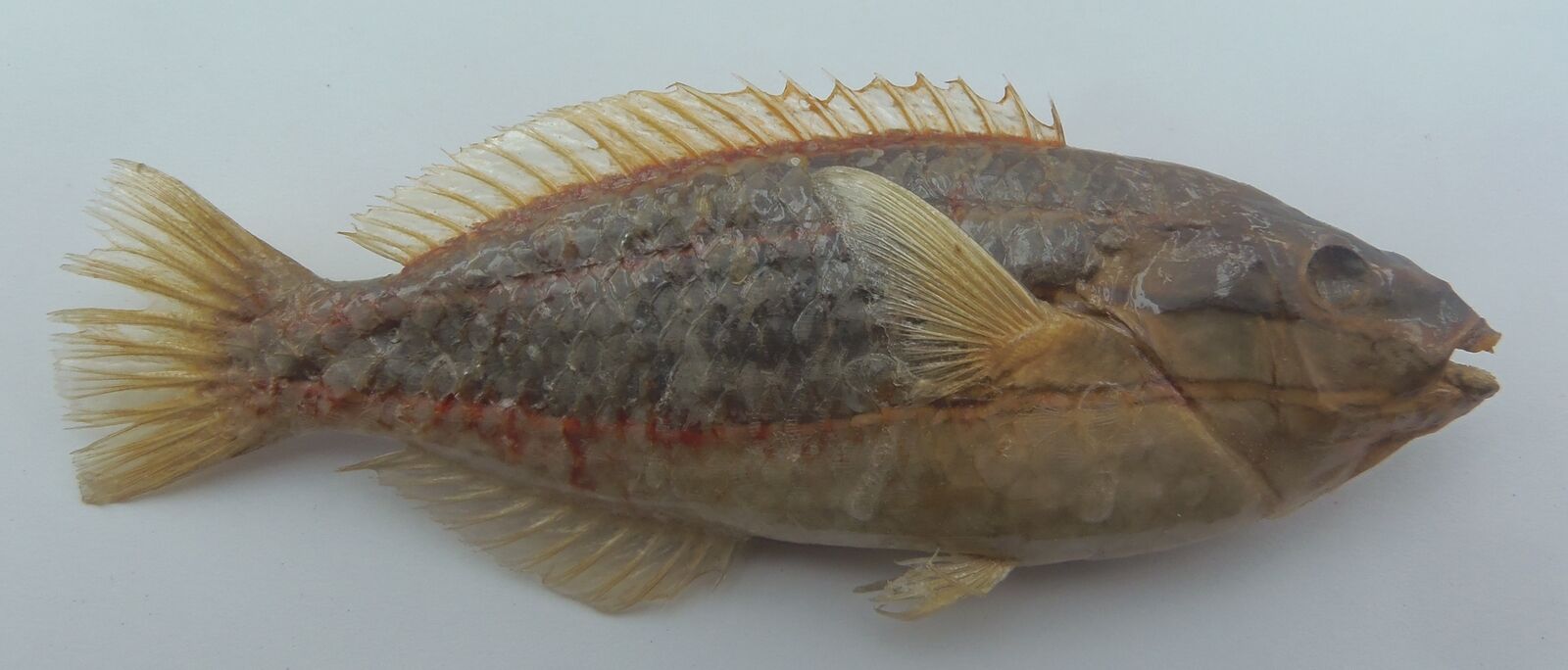-40%
Freshwater polyps II - Roesel Insecten-Belustigung 1755 Natural History Print
$ 13.19
- Description
- Size Guide
Description
British Parliament 1925 Vintage LithographRoesel 1755 Hand-Colored Natural History Print
Original antique copperplate engraved print is from the supplement of Rösel von Rosenhof’s famous work "Insecten-Belustigung“ (Insect Entertainment), published by C.F.C. Kleemann & printed by Johann Joseph Fleischmann, Nuremberg, Germany, c1747-61:
Historie der Polypen und anderer kleiner Wasserinsecten (1755)
Historiae Polyporum. (History of the polyps) -- Several polyp species. Tab LXXX,
Freshwater
polyps
(II)
-
Rösel
was
the
ability
to
regenerate
its
polyps
fascinated
;
This
theme
permeates his
book
like
a
red
thread
and
makes
him
in between
,
to
leave
his
polyps
and
to
describe
several
types
of
worms
("Wasserschlänglein")
,
he
also
has
cut out
,
to
examine
their
regeneration ability
.
The
Hydras
slashed
it
first
across
and
watched
as
complete
animals
evolved
from
individual
parts
.
Then
he
told
them
in
longitudinal direction
,
and
incomplete
.
In
this
way
,
he
scored
animals
with
multiple
heads
or
feet
.
On
this
you can
see
left
below
a
polyp
,
the
Rösel
of
the
head
forth
into
three
strands
has
split
.
Two
strands
soon
grew
together
to
one
with
an
arm
to
sit
much
lower
than
the
others
.
The
third
strand
remained
separate
.
The
two
resulting
headboards
regenerated
after
their
tentacles wreath
completely
.
Lower
right corner
an
animal
at
the
head
and
foot sections
were
split
.
The
polyp
is a sessile, or non-mobile, organism; well-known solitary
polyps
are the
sea
anemone and the freshwater hydra.
Augustus Iohannes Roesel von Rosenhof (1705-59) was a passionate observer of nature and mediator of fauna in microcosmos. The hand-colored plates are nationalistically correct documentation of these life forms, but at the same time reproduced with the artists supreme flair for composition, colors and forms.
Hand laid, watermarked paper
Very nice detail with hand-coloring-
Typical age defects - Really nice
Size
: Approximately 6" X 8"
Blank on Reverse
Condition
:
Excellent
-
Very Good
-
Good
-
Fair
-
Poor (but of historical interest)
<< Click Here to See
Roesel
Prints >>
This is an Original Item - Not a Reproduction
Important: P/H is combined on multiple items that can be mailed together. BUT, with the new Ebay shopping cart, you
must wait for combined invoice
.
The Fine Print
U.S. residents
responsible for state sales tax.
International buyers
are responsible for all import fees and taxes.
Shipping costs:
My shipping costs are calculated on three factors - getting your item to you as quickly as possible, as cost effectively as possible, and as safely as possible. I pride myself in providing optimal protection. I use First Class or Priority Mail on most small items; Parcel Post on larger items; and Media Mail on books and magazines. You may request expedited shipment if you are willing to pay costs.
P/H is combined on multiple prints mailed at the same time. Please make your purchases from my auctions or store. I will send a combined invoice reflecting your savings.
The Nature of Prints & Engravings
: It was not until the 20th century that prints were commonly produced for the
itself. Prior to this, virtually all prints (and engravings) were produced as
illustrations
to be included in a manuscript, book, newspaper, or pamphlet. Therefore, a vast majority of original prints have been over the years removed from these original sources. Prints are produced using many different techniques:
relief printing
(woodcut & wood engraving),
intaglio printing
(steel & copper plate engraving, drypoint, aquatint, etc), and
planographic printing
(lithography, serigraphy, inkjet, laser, etc.). While the commercial value of a print depends on such factors as age, rarity, and condition, the real value of a print is its tie to its history and/or its esthetic beauty.
H
istory-On-Paper
I am proud to have sold to customers in the following countries:
Argentina - Australia - Austria - Azerbaijan Republic - Bahrain - Belgium - Brazil - Canada - Chile - China - Cyprus - Czech Republic – Denmark –Ecuador - Finland - France – French Guiana - Germany - Greece - Hong Kong – Hungary - Ireland - Israel - Italy - Japan - Jordan - Kuwait - Latvia – Lithuania - Malta – Malaysia - Mexico - Netherlands - New Zealand - Norway - Paraguay - Philippines - Poland - Portugal - Puerto Rico – Romania – Russian Federation – Seychelles - Singapore - Slovakia - South Africa - South Korea - Spain – Sri Lanka - Sweden - Switzerland – Thailand -Turkey - Ukraine - United Arab Emirates - United Kingdom - and all 50 United States.
Item #1014-9141
